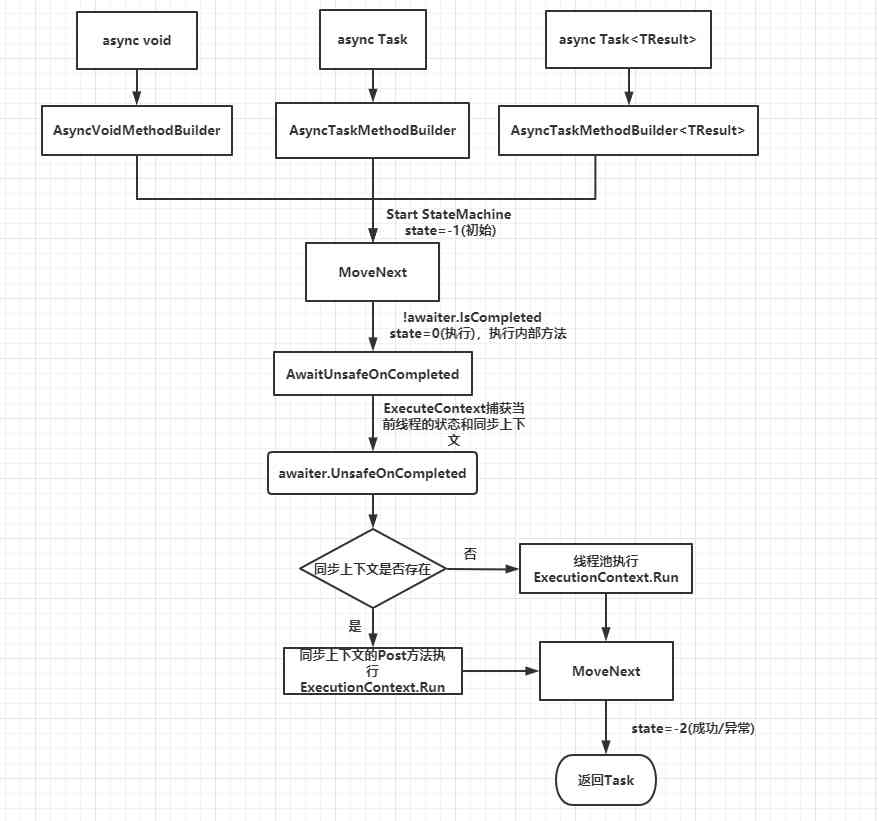当前位置:网站首页>On the calculation of non interaction polarizability
On the calculation of non interaction polarizability
2020-11-09 11:37:00 【open_22rhv8iu】

First , We need to sample evenly in the Brillouin zone , Generate a series of uniform points , Because of the uniform sealing , Given k and q after ,k+q It can be expressed by the existing points . It should be noted that , We need to deal with out of scope k+q Do the translation of the point ( Take the mold with the number )
after , Then we can calculate the polarizability . It's equivalent to using discrete coordinates here .
For two-dimensional systems, the time complexity is O(N^4), C++ 1 Seconds can count 10^7 Time ,200*200 De lattice point ,C++ Probably need 160 The second time , The actual time is 303.249s
square lattice matlib Code
nx = 100;
ny = 100;
kx = linspace(0,2*pi,nx);
ky = linspace(0,2*pi,ny);
[KX,KY] = meshgrid(kx,ky);
E = -(cos(KX) + cos(KY));
%mesh(KX,KY,E);
mu = 0;
T = 0.001;
delta = 0.01*0; % Small void part
chi = zeros(nx,ny);
Ef=0;
%[C,h] = contour(KX,KY,E,[Ef,0,0]);
for i = 1:nx
for j = 1:ny
for k=1:nx
for l=1:ny
index_kq_x = mod(i+k,nx)+1;
index_kq_y = mod(j+l,ny)+1;
Ek = E(k,l);
Ekq = E(index_kq_x,index_kq_y);
chi(i,j) = chi(i,j) + (Fermi_funtion(Ek,mu,T)-Fermi_funtion(Ekq,mu,T))/(Ek-Ekq+1i*delta);
end
end
end
end
mesh(KX,KY,-real(chi))
It's very slow
C++ Code
#include <iostream>
#include <cmath>
#include <vector>
#include <fstream>
#include <iomanip>
#include <complex>
#include <ctime>
using namespace std;
#define PI 3.1415926
vector<double> linspace(double min, double max, int n){
vector<double> result;
// vector iterator
int iterator = 0;
for (int i = 0; i <= n-2; i++){
double temp = min + i*(max-min)/(floor((double)n) - 1);
result.insert(result.begin() + iterator, temp);
iterator += 1;
}
//iterator += 1;
result.insert(result.begin() + iterator, max);
return result;
}
double fermi_function(double E,double mu,double T){
return 1/(exp((E-mu)/T)+1);
}
int main()
{
int nx = 200, ny = 200;
double mu = 0;
double T = 0.026;
double delta = 0.01;
vector<double> kx = linspace(0,2*PI,nx);
vector<double> ky = linspace(0,2*PI,ny);
vector<vector<double>> E(nx,vector<double>(ny,0));
vector<vector<complex<double>>> chi(nx,vector<complex<double>>(ny));
vector<vector<double>> real_chi(nx,vector<double>(ny,0));
clock_t startTime,endTime;
startTime = clock(); // Timing begins
cout<<"start run"<<endl;
for(int i=0;i<nx;i++){
for(int j=0;j<ny;j++){
E[i][j] = -(cos(kx[i])+cos(ky[i]));
}
}
for(int i=0;i<nx;i++){
for(int j=0;j<ny;j++){
for(int k=0;k<nx;k++){
for(int l=0;l<nx;l++){
int index_kq_x = (i+k)%nx;
int index_kq_y = (j+l)%ny;
double Ek = E[k][l];
double Ekq = E[index_kq_x][index_kq_y];
double f1 = fermi_function(Ek,0,T);
double f2 = fermi_function(Ekq,0,T);
if(k!=index_kq_x&&l!=index_kq_y){
chi[i][j] += (f1-f2)/(Ek-Ekq+1i*delta);
}
}
}
}
}
ofstream out("Datachi.txt");
for(int i=0;i<nx;i++){
for(int j=0;j<ny;j++){
out<<fixed<<setprecision(4)<<chi[i][j].real()<<" ";
}
out<<endl;
}
endTime = clock();// End of the timing
cout << "The run time is: " <<(double)(endTime - startTime) / CLOCKS_PER_SEC << "s" << endl;
}
Python Drawing script
import numpy as np
import matplotlib.pyplot as plt
from math import pi
file = open("Datachi.txt", "r")
row = file.readlines()
list_text = []
for line in row:
line = list(line.strip().split(' '))
s = []
for i in line:
s.append(float(i))
list_text.append(s)
#print(list_text)
nx = 10
ny = 10
chi = np.array(list_text)
kx = np.linspace(0,2*pi,nx)
ky = np.linspace(0,2*pi,ny)
KX, KY = np.meshgrid(kx, ky)
#plt.contourf(KX,KY,chi)
#plt.show()
fig = plt.figure(figsize=plt.figaspect(0.5))
ax = fig.add_subplot(1, 2, 1, projection='3d')
surf = ax.plot_surface(KX, KY, chi, rstride=1, cstride=1, cmap=cm.coolwarm,
linewidth=0, antialiased=False)
ax.set_zlim(-1.01, 1.01)
fig.colorbar(surf, shrink=0.5, aspect=10)
plt.show()
版权声明
本文为[open_22rhv8iu]所创,转载请带上原文链接,感谢
边栏推荐
- Android Development - service application, timer implementation (thread + service)
- iPhone“连到系统上的设备没有发挥作用”原因分析及解决方法 20200105
- Large scale project Objective-C - nsurlsession access SMS verification code application example sharing
- Sql分组查询后取每组的前N条记录
- inet_pton()和inet_ntop()函数详解
- After SQL group query, get the first n records of each group
- Gather in Beijing! Openi / O 2020 Qizhi Developer Conference enters countdown
- git 删除iml文件
- 日志分析工具 - GoAccess
- Implement crud operation
猜你喜欢
随机推荐
Handwriting Koa.js Source code
Android rights
微信圈子
Mac 终端(terminal) oh-my-zsh+solarized配置
ThinkPHP框架执行流程源码解析
JT-day09
Shoes? Forecasting stock market trends? Taobao second kill? Python means what you want
Android Development - service application, timer implementation (thread + service)
Visual Studio (MAC) installation process notes
使用流读文件写文件处理大文件
The middle stage of vivo Monkey King activity
A simple way to realize terminal text paste board
大型项目Objective-C - NSURLSession接入短信验证码应用实例分享
注意.NET Core进行请求转发问题
Principle analysis and performance tuning of elasticsearch
List of wechat video Number broadcasters October 2020
Android权限大全
理解Task和和async await
理解 OC 中 RunLoop
上周热点回顾(11.2-11.8)







